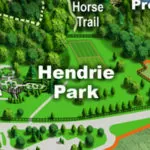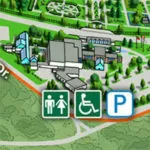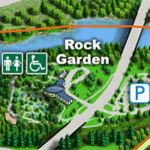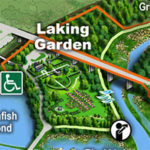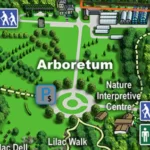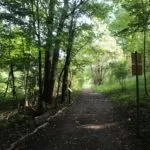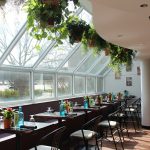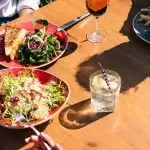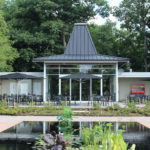| Membership | Price (+HST) |
|---|---|
| Single | $85/year |
| Single Plus | $120/year |
| Family | $130/year |
| Family Plus | $175/year |
| Contributing | $300/year |
| Supporting | $600/year |
| Sustaining | $1,000/year |
| Benefactor's Circle | $2,500/year |
| Director's Circle | $5,000/year |
| President's Circle | $10,000/year |
Invasive Plants Within the Cootes to Escarpment EcoPark System
By Kasia Zgurzynski, Botany Assistant , Royal Botanical Gardens
Originally published on the Cootes to Escarpment EcoPark System Blog. To learn more about the EcoPark System and sign up for their newsletter, visit cootestoescarpmentpark.ca
Through the Cootes to Escarpment EcoPark System Ecological Corridor Pilot Program, there have been several habitat restoration projects implemented by the partner agencies. Many of these habitat restoration projects include the removal of invasive plant species from partner lands. Certain species are being targeted as especially problematic, where they have monopolized large areas of land, crowding out native species. The invasive plants compete with native plants for sunlight, water, soil space and nutrients, while not providing the ecological value that native plants provide. Native species of insects, including pollinators like bees and butterflies use native plant species as larval hosts and food sources. Many species of insects require native plants to complete their life cycles. They then feed other animals that are higher in the food chain. Without this foundation of native plants, ecosystems would fail to function. Invasive plants are a major threat to native plants, making them an important and challenging target for conservation and restoration work.
Humans have a long history of moving plants around the landscape. Plants have been introduced to this area accidentally, as well as intentionally, for horticulture and agriculture. Some characteristics that make horticultural plants valuable also contribute to their invasive potential. They are easy to grow and develop lots of showy flowers and fruit, which birds will frequently eat and spread. The fruits of native species in our area contain significantly more fat and calories than the fruits of invasive species, making the native plants much more nourishing for bird populations. The native plant species are also vastly superior in their abilities to attract caterpillars, which provide calorie rich nourishment for birds.
Now, not all introduced species have become invasive. Certain species are much more susceptible to getting out of control than others, and many introduced species can become naturalized, reproducing in their new habitat, but not posing a threat to native plants and ecosystems. Often the species that are more aggressive tend to leaf out earlier than others and persist later in the season. Because they do not have the same natural predators and diseases in their unfamiliar environment as they would have in their home habitats, there are not the same kinds of limiting factors impacting them. Some of the species that are of particular concern, and getting addressed within the Cootes to Escarpment EcoPark System include European reed (Phragmites australis ssp. australis), European buckthorn (Rhamnus cathartica), introduced honeysuckles (Lonicera spp.), rough mannagrass (Glyceria maxima), European swallowwort otherwise known as dog-strangling vine (Vincetoxicum rossicum), garlic mustard (Alliaria petiolata), introduced euonymus or burning bush (Euonymus spp.), multiflora rose (Rosa multiflora), and European privet (Ligustrum vulgare).
Early detection of species like these within an ecosystem is important to implement controls and monitor their spread before they become dominant. Anyone can document sightings of invasive species through the EDDMapS program, or through iNaturalist. By visiting these websites, you can find, map, and track invasive species you may come across, which can inform restoration efforts.
Manually removing species is the preferred method of control, where the resources allow it, and the scale is appropriate. Herbicides are used in areas where manually removing is impossible or deemed ineffective. Once the invasive species have been removed, the native seedbank will sometimes have the freedom to take over and populate the cleared area, and other times the area may be seeded or planted with appropriate native plants.
When property owners are making choices about the horticultural species they wish to grow on their land, it is important to consider the implications of growing certain plants and planting native species whenever possible. We can all do our small part to limit the spread of invasive species, whether it is through our choices as gardeners, or even by volunteering for some of the partner agencies that are removing invasive plants from the Cootes to Escarpment EcoPark System lands. As we have seen from some of the progress made this year on the invasive species removal projects, this kind of work is important, impactful, and ongoing. With targeted efforts, major shifts in the landscape can help protect native plants, including many of the species at risk we have in this area. This allows us to act as stewards of the land, which is so deserving of our respect and effort.
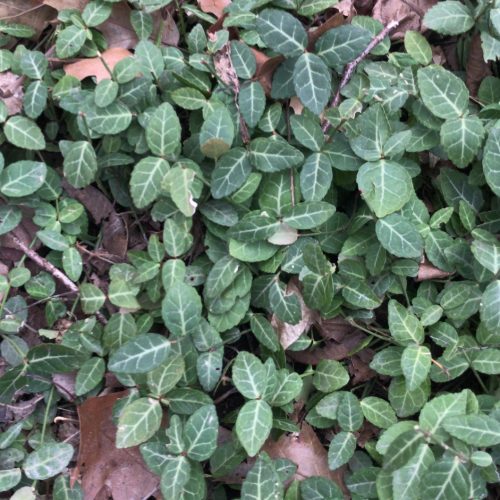
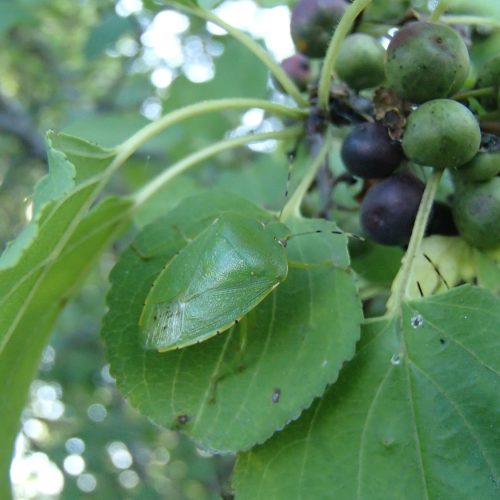
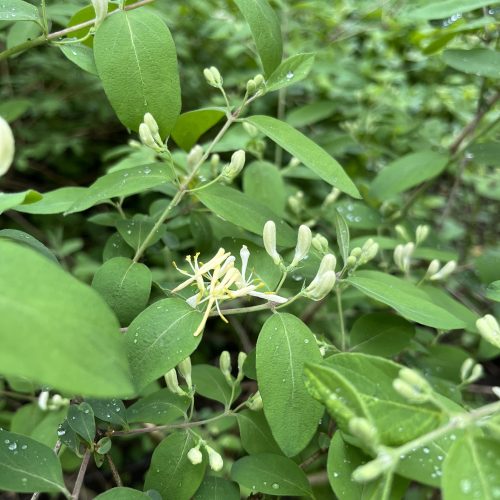
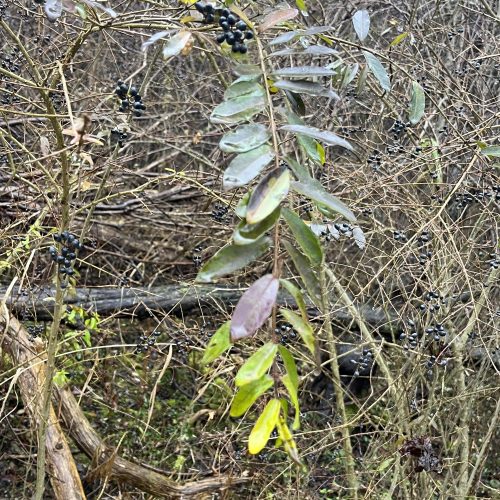

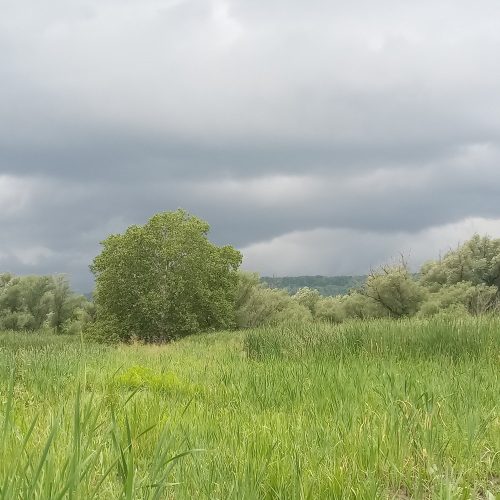

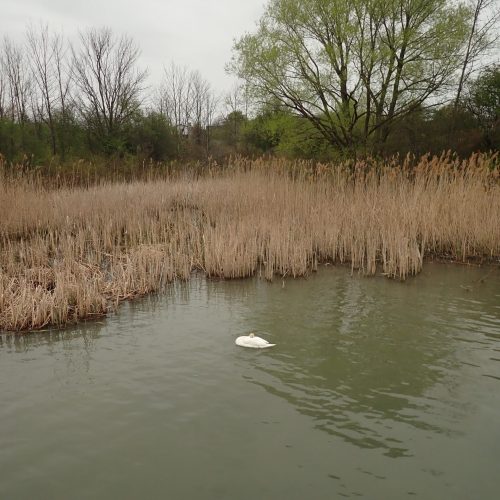
More from the RBG Blog
Check out RBG’s blog for announcements, articles, and more from Canada’s largest botanical garden.
Want to be sure you hear first? Sign up for our weekly e-newsletter to hear about upcoming events, weekend activities, articles, and more!

